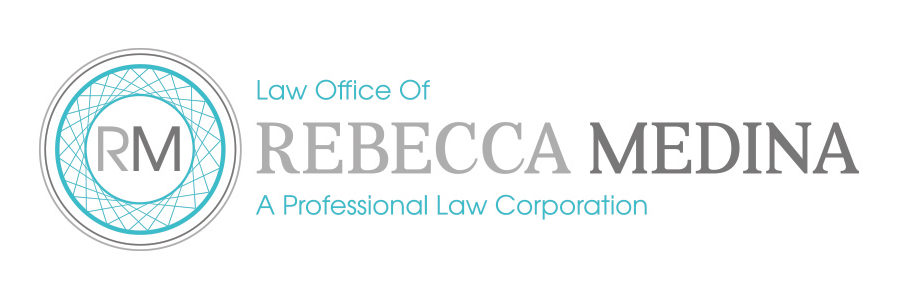There are many ways that legal custody and physical custody can be arranged in California. Legal custody and physical custody can solely belong to the mother, the father, or the parents can share joint legal custody or physical custody.
Types of Custody
There are two types of custody in regards to children, which are legal custody and physical custody.
Legal Custody: This refers to who is making decisions for the child. One parent could have sole legal custody or parents could share joint legal custody, in which they will both make decision regarding the child. Decisions regarding the child could include the following:
- Child’s School;
- Childcare;
- Doctors, psychiatrists, dentists, etc.; and
- Extracurricular Activities.
Physical Custody: This refers to who the child lives with. One parent could have sole physical custody or the parents could share joint physical custody, in which the child will reside with both parents according to a schedule, agreement, or other arrangement. Joint custody is often not perfectly 50/50 due to the difficulty in making a schedule that gives each parent exactly half of the time with the child. In a joint custody arrangement, the parent with whom the child resides with a majority of the time is often referred to as the primary custodial parent. When a parent is spending less than half of the time with the child they have visitation with the child.
Methods for Determining Child Custody
The following methods are the most common ways of determining legal custody and physical custody of a child in California:
Agreement. The parties can agree on a custody schedule for which days the child will reside with each parent. In most instances a judge will agree and order the schedule that the parents have agreed upon. In some circumstances parents can engage in a flexible open-ended agreement in which the parents are amicable and communicate with each other regarding the time and dates the child spends with each parent rather than have a fixed schedule. This is referred to as reasonable visitation.
Mediation. At mediation the parents will have a discussion in the presence of a mediator who will aid in facilitating a solution and/or recommending a solution.
Trial. A child custody case can go to a trial, where a judge will determine the child custody arrangement.
Child custody struggles are one of the most difficult parts of a divorce. You will need the guidance of a seasoned and compassionate Divorce and Family Law Attorney to help you find the best resolution for you and your family. Contact Rebecca Medina, an experienced Fresno, California Divorce Attorney who has helped many clients just like you.
- JurisPagehttps://rmfamilylaw.com/author/jurispagetempl/
- JurisPagehttps://rmfamilylaw.com/author/jurispagetempl/
- JurisPagehttps://rmfamilylaw.com/author/jurispagetempl/
- JurisPagehttps://rmfamilylaw.com/author/jurispagetempl/
